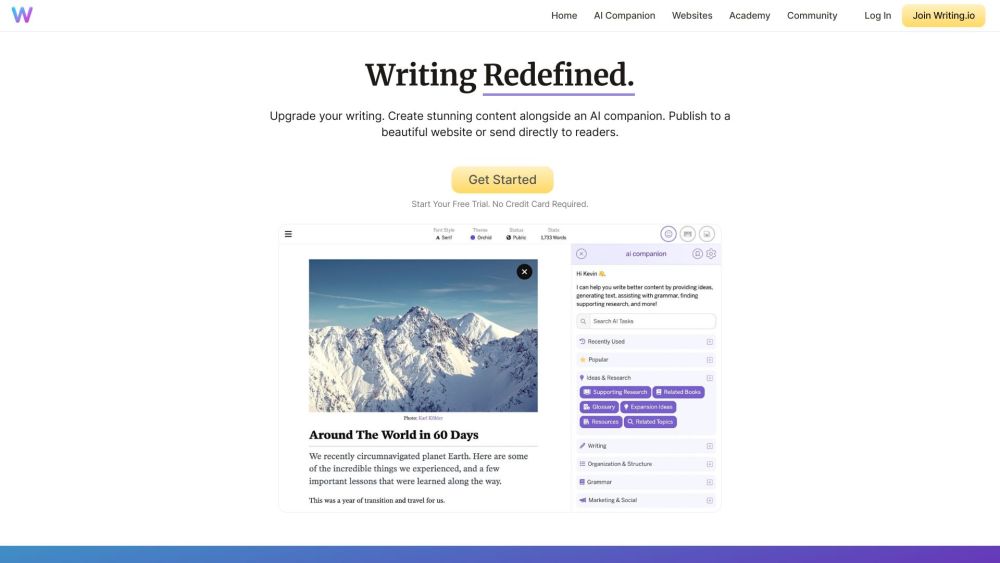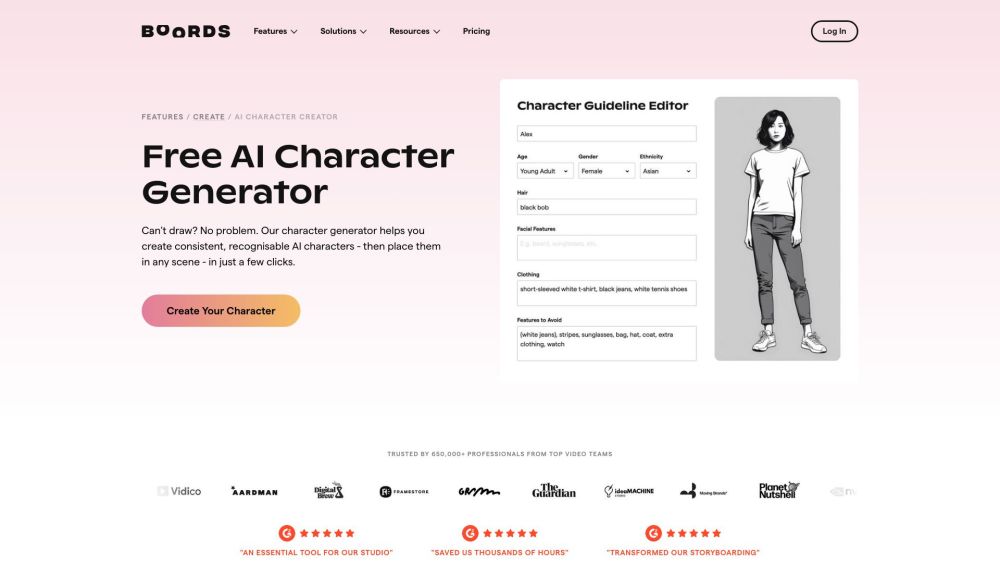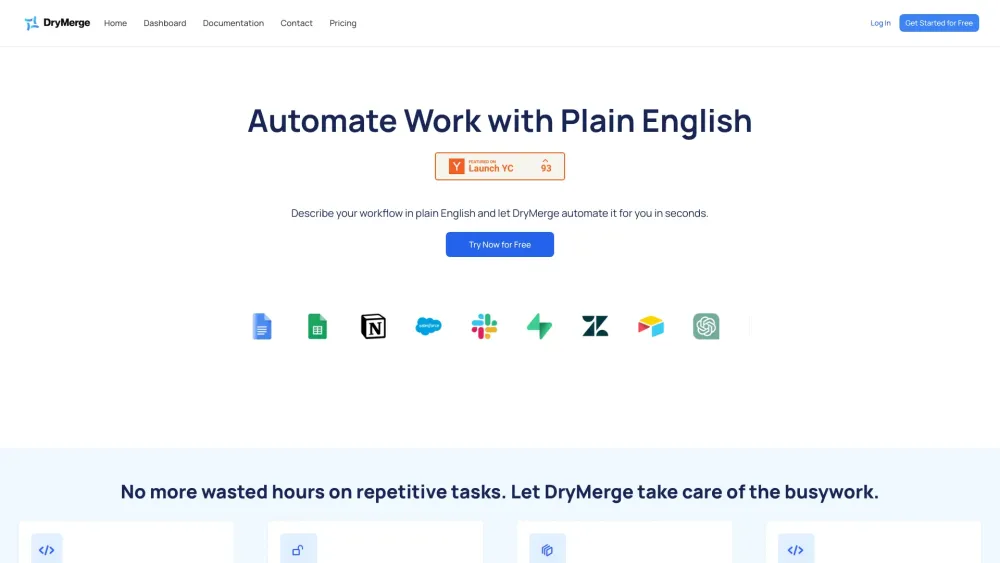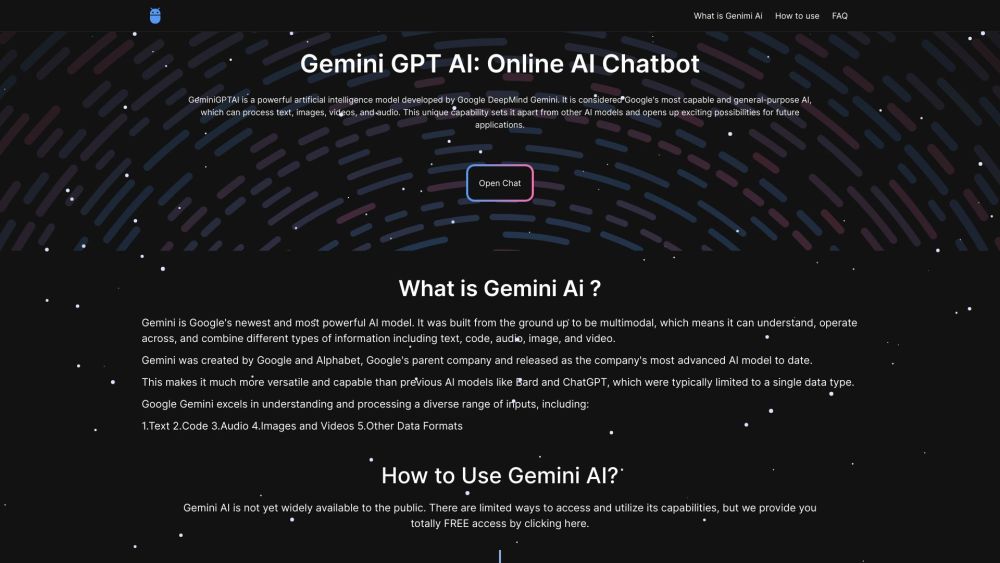Google's AI-driven search feature, known as SGE (Search Generative Experience), is unveiling exciting new capabilities starting today. This innovative AI tool, which enhances Search with a conversational interface, now allows users to generate images directly within SGE using specific prompts—similar to Bing's integration of OpenAI's DALL-E 3. Additionally, SGE introduces the ability to compose drafts, letting users tailor the content length and adjust the tone to be more formal or casual.
These enhancements come as part of a rapid series of updates to SGE, reflecting the accelerating pace of AI technology. In recent months, SGE has added functionalities such as generating AI summaries, defining unfamiliar terms, and improving coding capabilities, alongside features specifically for travel and product searches.
With the new image generation tool, users can input a prompt to create various types of images—be it a drawing, photograph, or painting. SGE will produce four images within the conversational interface. Users can click on these images to download them as .png files or modify the original prompt to create new images. This capability is powered by Google’s Imagen text-to-image model.
This feature will also be accessible through Google Image Search. As users browse image results, they’ll see an option to generate a new image via prompts if they don’t find what they’re looking for.
Due to concerns surrounding inappropriate content, Google is restricting access to the image generation feature to users aged 18 and older, despite recently allowing users aged 13-17 to access SGE in the U.S. Google is committed to implementing this technology responsibly and has introduced stringent filtering policies. These filters aim to prevent the generation of images that could be deemed "harmful, misleading, or explicit," as stated by Google. Moreover, it blocks the creation of images featuring photorealistic faces and any references to well-known individuals to mitigate the risks of inappropriate content and misinformation.
Misuse of AI image generation tools has been a concern, as seen recently with Meta and Bing’s tools being exploited to create inappropriate content.
Google acknowledges that its tools may not be flawless—hence, they remain opt-in through Google Search Labs. A feedback mechanism is in place to allow users to report any issues or misuse of the technology. While the company believes it has implemented effective filters, it also anticipates that users may encounter more blocks than they expect.
Importantly, each generated image will come embedded with metadata identifying it as AI-generated and feature invisible watermarking through SynthID, a technology announced by Google Cloud and Google DeepMind in late August.
SGE’s writing assistant capabilities are also being enhanced. Previously designed to help users draft emails based on ads or links found through Search, the new draft-writing feature can now produce various styles of writing—either concise or elaborate, and in different tones.
Both new features—image generation and alternative draft outputs—will come with export options. Users can save their writings directly to Google Workspace apps like Gmail or Google Docs, while generated images can be stored in Google Drive.
These features will begin rolling out tomorrow to a subset of SGE users, with broader availability planned over the coming weeks. Initially, these capabilities will be offered to English-speaking users in the U.S. although SGE recently expanded to India and Japan.
Google continues to innovate within its AI search experience, now showcasing added functionalities like AI-generated summaries, definitions, and coding enhancements to improve user engagement and accessibility.





